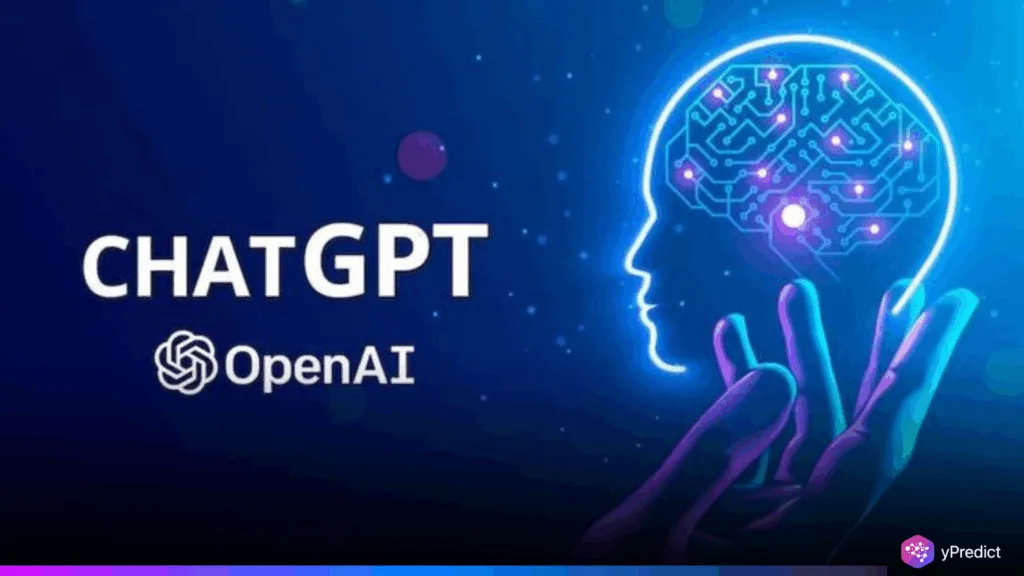
OpenAI is quietly rolling out a feature called Study Together. Additionally, it may mark a significant change in the way we use AI for learning. This new tool attempts to make ChatGPT more of an AI tutor. Instead of only answering questions, it will provide users with exercises, questions, and real-time feedback. Initial impressions indicate that this is a move to make learning resources more intelligent and interactive. However, the true question is, will it work?
Could Study Together Change Online Education?
Only a select group of ChatGPT Plus users can currently access Study Together. There’s no official launch or pricing information available, and even those who can see the feature can’t always use it. However, what makes this feature interesting is its ability to change the story. Instead of being a shortcut for students, it positions ChatGPT as a useful AI tutor. Therefore, the goal of this interactive approach is to improve comprehension by using tests, quizzes, and prompts.
It’s a reaction to mounting complaints about students cheating on assignments with artificial intelligence. This could be one of those educational resources that genuinely promote effort and understanding if done correctly. Additionally, it creates opportunities for more social learning, such as group study sessions led by AI. It holds great promise. However, that assurance is only significant if it is fulfilled in actual classrooms and individual study areas.
Rethinking AI Tutor Roles in Classrooms
Given that rivals like Google are stepping into the educational AI space, OpenAI’s timing seems calculated. Their AI tutoring strategy is targeted. It asks questions rather than providing answers in order to get users to think. Additionally, this changes the emphasis of learning resources from short-term results to long-term understanding.
However, there are challenges to overcome. Will users accept this modification? Could you? Is the tool able to adapt to the various needs and learning styles of students? Users may completely ignore it if it seems too robotic. However, if OpenAI manages the tone properly, Study Together may be successful with students who are not tech-savvy.
A Promising Push for Smarter Learning Tools
Study Together could revolutionize the way students engage with artificial intelligence. It promotes genuine learning over shortcuts, making studying more interesting and deliberate for users. However, that depends on whether students actually want to be guided or if they still want quick answers.
Share your thoughts on this with me. Now that the feature has started to roll out, do you think this AI tutoring approach will work in real classrooms? Will it become a useful tool for serious study or just another tab in the tools menu that isn’t used?






